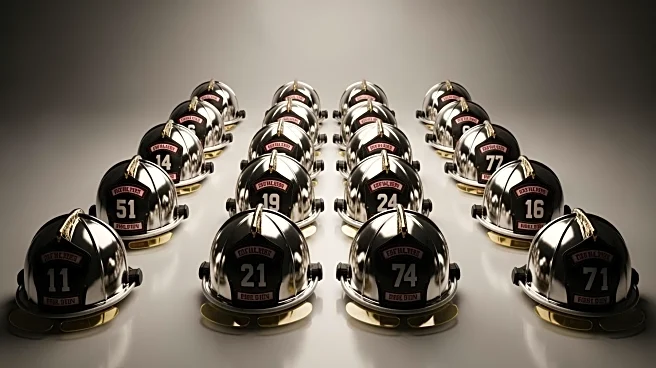What's Happening?
The term 'fire department' encompasses three distinct structural models: municipal fire departments, fire protection districts, and fire authorities. Each model varies in its structure, funding, and leadership.
Municipal fire departments operate within city government structures, benefiting from shared services but competing for budget and attention. Fire protection districts are standalone entities focused solely on fire and emergency services, with a tighter cultural identity and greater internal responsibility. Fire authorities are collaborative organizations formed by combining multiple agencies, offering shared resources and operational efficiency.
Why It's Important?
Understanding the structural differences between fire service models is crucial for effective leadership, budgeting, and service delivery. Each model presents unique challenges and opportunities, impacting how fire services are managed and funded. Municipal departments may face budget constraints due to competition with other city services, while districts have more control but require strategic foresight. Fire authorities offer flexibility and shared resources but introduce administrative complexity. Recognizing these nuances helps leaders optimize operations and maintain morale within their organizations.











